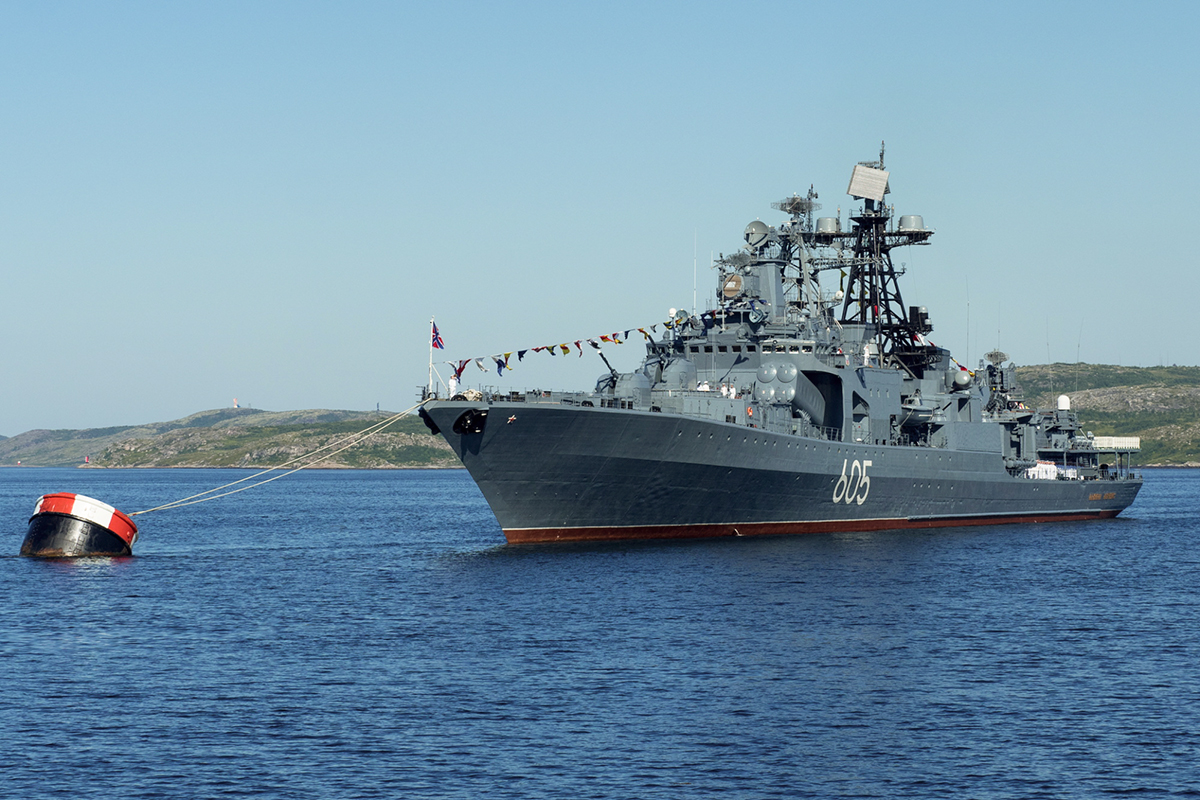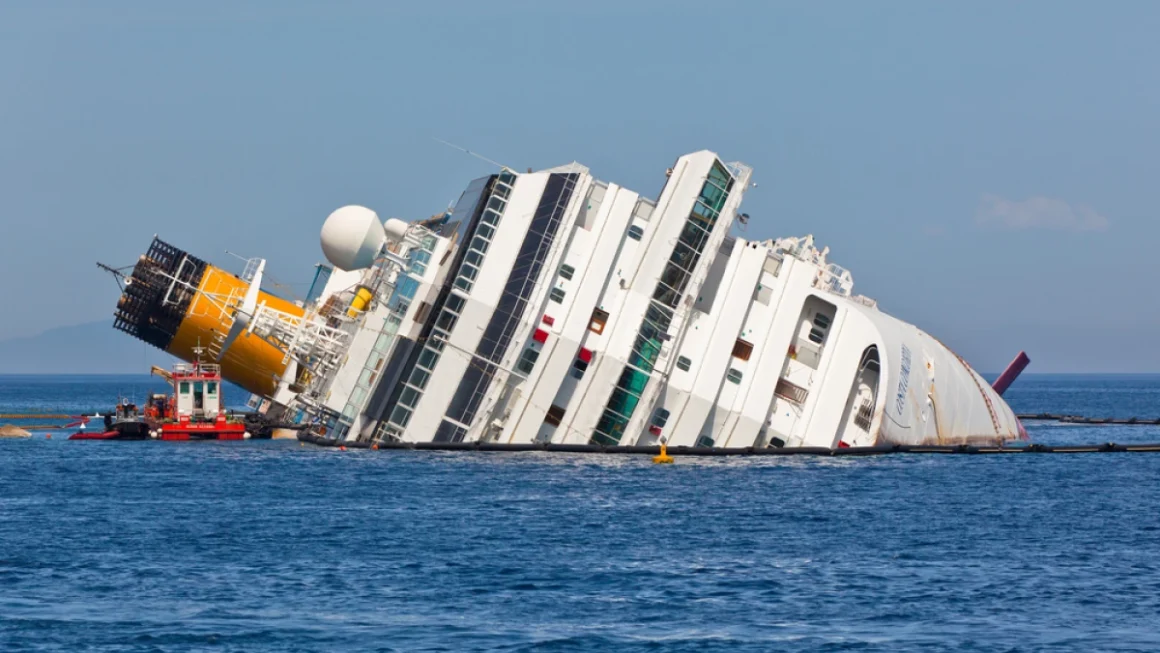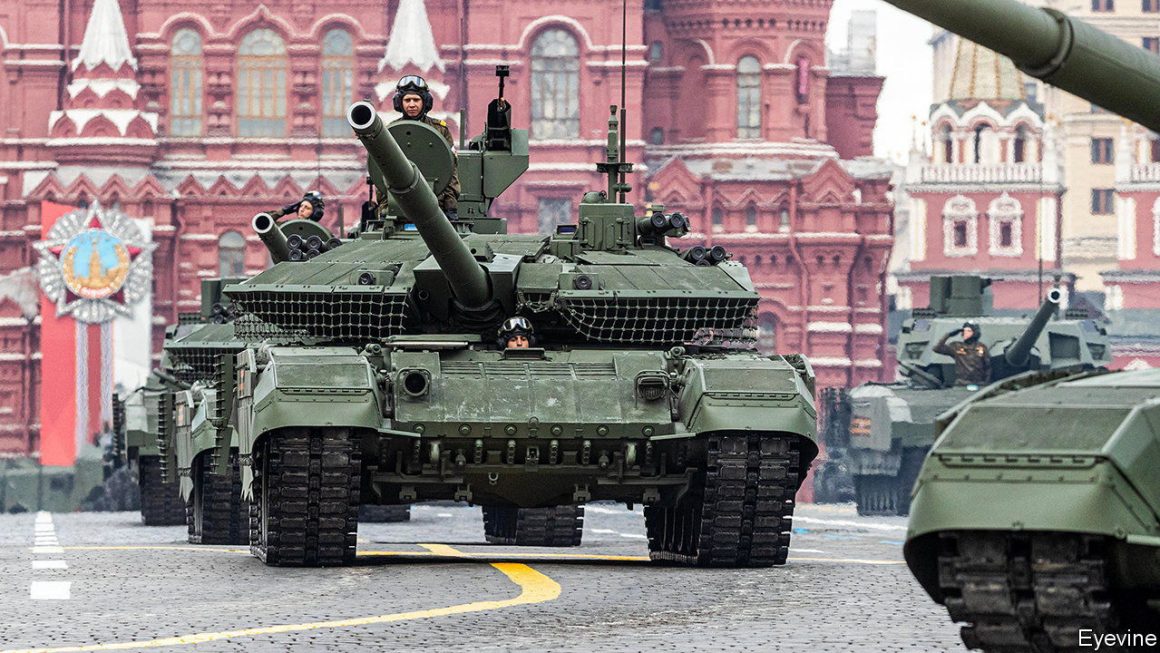Far to the north, where icy winds sweep across endless horizons, the Barents Sea hides stories that few travelers will ever witness. It is a place of wild beauty — shimmering waters, drifting ice, and skies that glow in shades of gold and silver during the Arctic dawn.
Cutting across this breathtaking scene, the russian destroyer admiral levchenko sails with a quiet authority. To locals in nearby ports, her presence is a familiar sight, a reminder that these waters are not only rich in history but also a living stage for global maritime journeys.
For those who have never ventured this far north, her story is more than just one of steel and machinery — it is a tale of exploration, endurance, and life at sea in some of the most remote corners of the world.
The Birth of the Russian Destroyer Admiral Levchenko
The late 1980s were a period of uncertainty. The Soviet Union was nearing its end, but the naval arms race was still alive. The russian destroyer admiral levchenko was laid down at the Zhdanov Shipyard in Leningrad, part of the Udaloy-class series designed primarily for anti-submarine warfare.
This class of destroyers was essential for one reason: during the Cold War, submarines — especially nuclear ones — posed a significant threat. The Udaloy-class was meant to hunt them down, track them silently, and neutralize them before they could endanger Russian waters.
The ship was named after Admiral Gordey Levchenko, a Soviet naval commander whose career spanned from the turbulent 1930s to the final years of World War II. His leadership in dangerous operations and his survival through political purges made his name one of respect and resilience — perfect for a ship that would face challenges of its own.The Design That Made Waves
From a distance, the russian destroyer admiral levchenko is striking — a blend of function and intimidation. But its true strength lies in what’s built into its design.
Key Specifications:
- Length: 163 meters (535 feet)
- Beam: 19.3 meters (63 feet)
- Displacement: 7,900 tons fully loaded
- Speed: 29 knots (54 km/h)
- Range: Over 10,000 nautical miles at cruising speed
Armaments and Systems:
- RBU-6000 anti-submarine rocket launchers
- 533mm torpedo tubes
- SA-N-9 surface-to-air missiles
- AK-100 naval guns
- Advanced sonar arrays
- Helicopter hangar capable of hosting a Kamov Ka-27 anti-submarine helicopter
Her design also included reinforcements for Arctic operations — heated decks, insulated crew areas, and de-icing systems.
Tales From Sailors Who Served Aboard
Ships are nothing without their crews. Life aboard the russian destroyer admiral levchenko was a mix of discipline, routine, and moments of pure unpredictability.
One sailor from the early 1990s recalled:
“We were young and thought we were invincible. The sea had other ideas. You learn quickly that no matter how powerful your ship is, the ocean always wins if you don’t respect it.”
Another remembered a tense standoff in the Norwegian Sea:
“We tracked a submarine for two days. Nobody said much, but you could feel the tension. Every ping from the sonar could mean we were closer — or that we’d been spotted.”
In calmer times, sailors would gather in the mess hall, drink tea, and share stories. Birthdays were celebrated with whatever treats could be found, and music from a small radio reminded them of home.
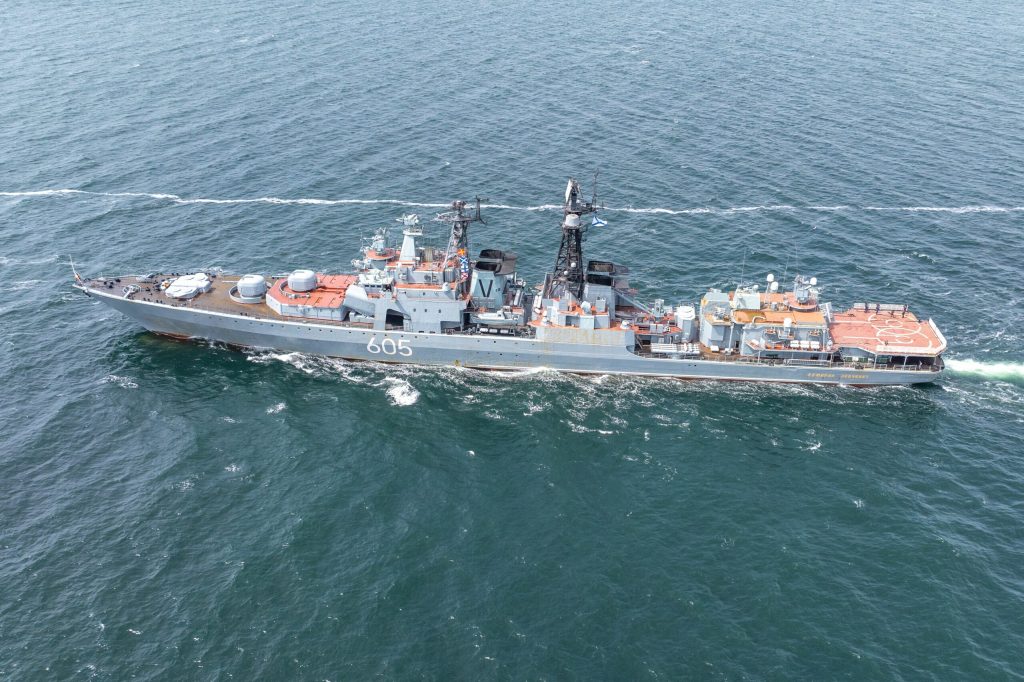
Moments of Glory and Challenge
The russian destroyer admiral levchenko has had an active career, participating in:
- Joint exercises with other Russian naval forces
- Escort missions for strategic assets
- Long-range patrols in the Atlantic and Mediterranean
- Rescue missions in treacherous conditions
But challenges came too. Periods of extensive maintenance took her out of service for months, and budget issues sometimes delayed upgrades. Yet, she always returned to duty — a sign of both engineering durability and the determination of her crews.
The Modern Role of the Russian Destroyer Admiral Levchenko
Today, the russian destroyer admiral levchenko is more versatile than when she first entered service. While her core mission remains anti-submarine warfare, she now performs:
- Fleet escort duties
- Surveillance and reconnaissance
- Training operations for new sailors
- Strategic presence missions in politically sensitive waters
Modernization programs have improved her radar, upgraded missile systems, and enhanced living quarters. This has kept her competitive in an age when many Cold War-era ships have been retired.
Life Aboard: Routines, Roles, and Bonds
Aboard the russian destroyer admiral levchenko, life is governed by the clock. Crews work in shifts — four hours on, four hours off. Every role matters:
- Engineers keep the turbines running.
- Sonar operators scan for underwater threats.
- Weapons specialists maintain readiness of all systems.
- Medical officers handle everything from seasickness to injuries.
Friendships form quickly. In the middle of the ocean, your shipmates become your family. Disagreements happen, but so do acts of quiet kindness — a cup of hot tea offered on a cold night, or a shared joke to ease tension during a storm.
Technical Deep Dive: Systems and Capabilities
For those fascinated by naval technology, the russian destroyer admiral levchenko offers plenty to study.
Anti-Submarine Warfare (ASW):
- The RBU-6000 system fires depth charges to target submarines at various ranges.
- Torpedo tubes launch guided weapons designed to track and destroy subs.
- The ship’s sonar system can detect quiet-running submarines at impressive distances.
Air Defense:
- The SA-N-9 missile system provides protection against enemy aircraft and incoming missiles.
- AK-100 naval guns offer close-range defense against surface threats.
Helicopter Operations:
- The Ka-27 helicopter extends the destroyer’s surveillance range and can deploy its own sonar buoys and torpedoes.
Strategic Importance in Russia’s Naval Doctrine
The russian destroyer admiral levchenko is part of the Northern Fleet, which safeguards Russia’s Arctic interests. This region is becoming increasingly important due to melting ice opening new shipping routes and access to resources.
Her presence acts as both a deterrent to potential adversaries and a reassurance to Russia’s allies. In modern geopolitics, sometimes just being seen in a particular region sends a powerful message.
The Ship’s Future in an Evolving Navy
As technology advances, even the most reliable ships must adapt. The russian destroyer admiral levchenko is expected to undergo further modernization, focusing on:
- Upgraded missile systems
- Improved electronic warfare capabilities
- Enhanced communications for integrated fleet operations
If these upgrades proceed as planned, she could remain active well into the next decade — a rare feat for a ship of her age.
Why This Ship Still Inspires Awe Today
The russian destroyer admiral levchenko represents more than military power. She’s a bridge between eras — from Cold War tensions to modern strategic challenges. Her endurance is a tribute to solid engineering, skilled crews, and a naval tradition that values adaptability.
Naval historians admire her for surviving decades of change. Sailors respect her as a reliable platform in both calm seas and raging storms. And for the public, she remains a symbol of Russia’s enduring maritime presence.
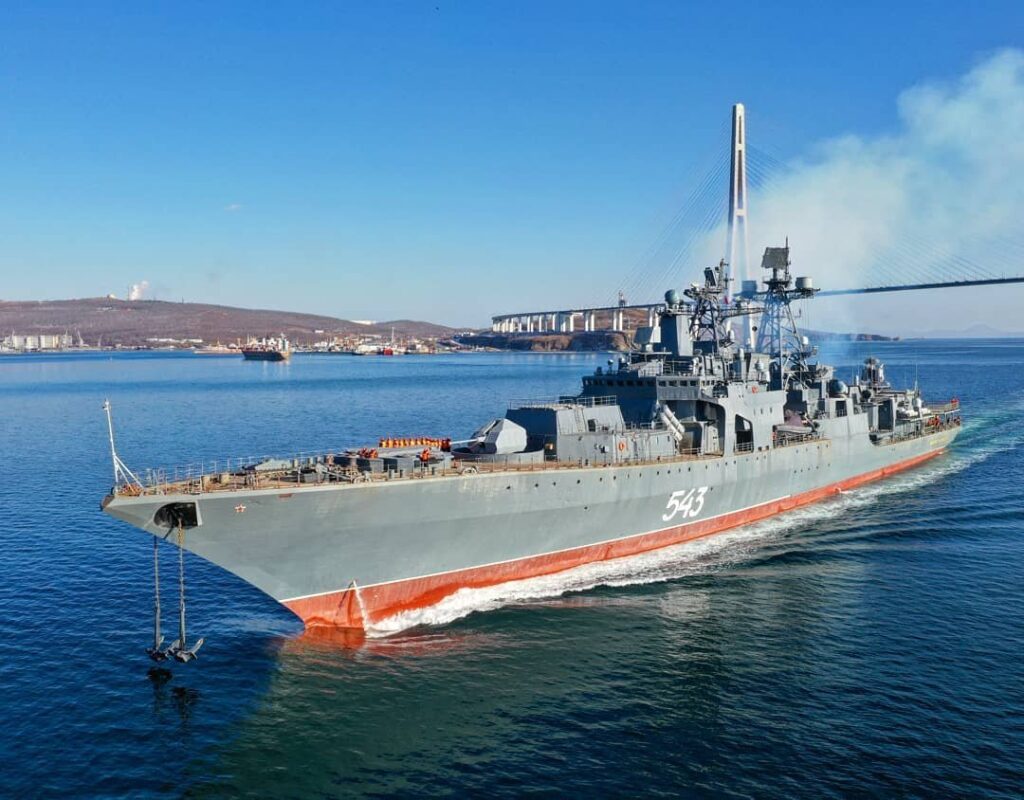
Visit our website for more updates and stories
Closing Thoughts
From her launch in the Soviet era to her patrols in the 21st century, the russian destroyer admiral levchenko has proven herself time and again. She has weathered storms, tracked submarines, and stood as a silent guardian over critical waters.
Ships may be made of steel, but their true strength comes from the people who serve aboard them. In the end, the story of the Admiral Levchenko is not just about a warship — it’s about the resilience, courage, and unity that keep her moving forward, no matter the challenges ahead.










